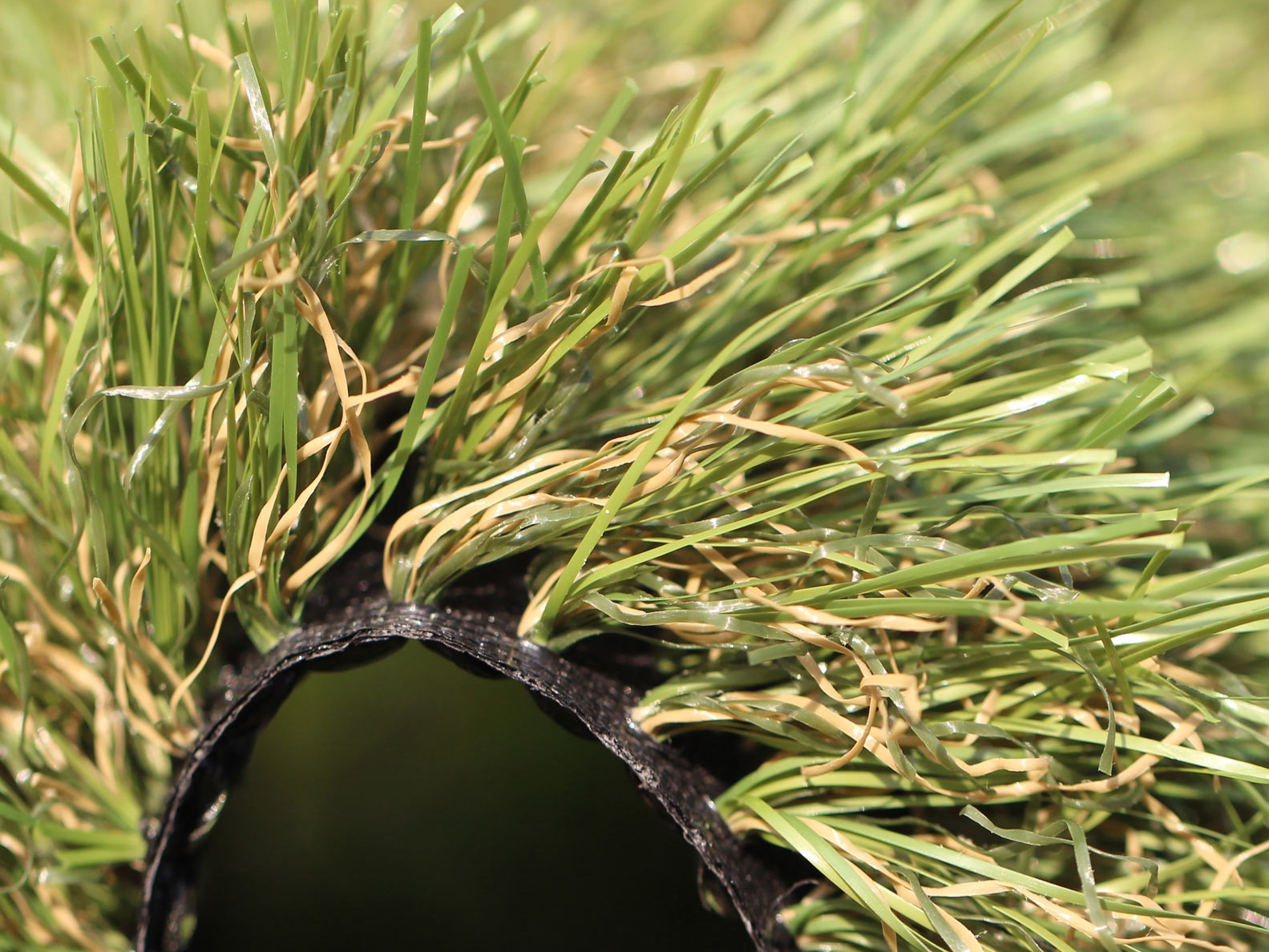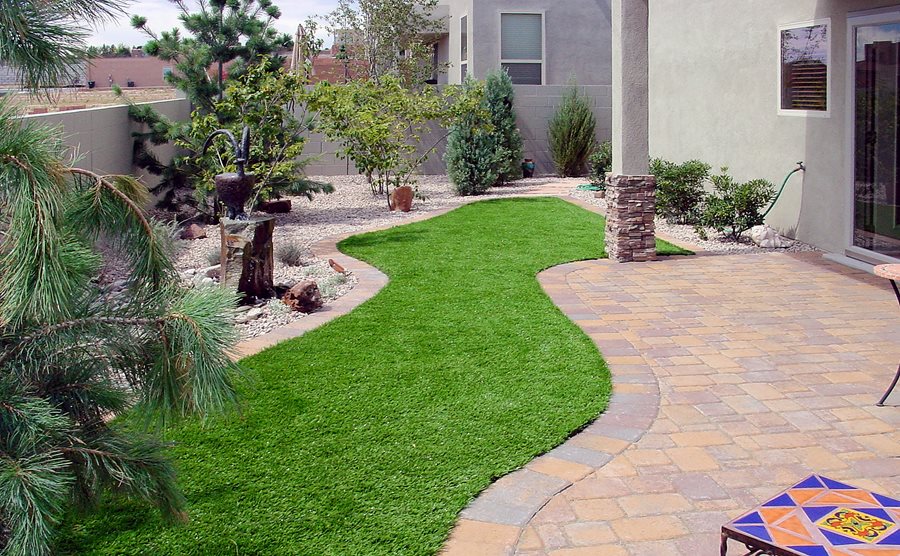Sustainable Arizona Artificial Turf for a All-Season Lush Green Lawn
Sustainable Arizona Artificial Turf for a All-Season Lush Green Lawn
Blog Article
See Why Homeowners Prefer Synthetic Grass for Lasting Landscape Design Practices
As property owners progressively prioritize sustainability in landscaping, artificial grass has emerged as an engaging option to conventional yard. What continues to be to be checked out is the full scope of advantages that man-made turf can use to property owners and the setting alike.
Water Conservation Perks
Among one of the most substantial benefits of fabricated lawn is its function in water preservation. Conventional lawn yards need considerable quantities of water to preserve their rich appearance, usually bring about overuse of neighborhood water resources, especially in deserts. On the other hand, synthetic grass removes this demand totally, as it does not need irrigation. This not only conserves water however additionally decreases the stress on municipal water systems, particularly during dry spell problems.
Additionally, the setup of man-made turf can add to a more sustainable landscape. Homeowners can dramatically reduce their water expenses, enabling reallocation of resources to various other ecological efforts or house uses. In addition, fabricated turf is developed to endure different climatic problems without the need for supplementary watering, making it a suitable selection for areas facing water shortage.
The ecological benefits extend past immediate water cost savings. By reducing water consumption, synthetic grass assists to alleviate the impacts of environment change, protecting crucial communities that are threatened by too much water removal. As lasting landscaping techniques gain grip, synthetic grass becomes a liable choice for home owners looking for to produce environmentally friendly outside rooms.
Decreased Upkeep Efforts
Synthetic turf dramatically lowers upkeep initiatives contrasted to typical turf lawns. With synthetic lawn, home owners can eliminate the time-consuming jobs related to natural landscaping, such as mowing, feeding, and weeding. This not just saves beneficial time yet additionally minimizes physical labor, making lawn treatment accessible for individuals of all ages.
Among the most remarkable advantages is the lack of regular mowing. Typical lawns call for frequent cutting to maintain a visually pleasing elevation, whereas man-made lawn remains continually lush without the requirement for reducing. In addition, property owners no more require to apply pesticides or fertilizers, which are commonly needed to maintain natural yard healthy. This change not just lightens the work yet likewise advertises a neater, much more consistent appearance year-round.
Moreover, synthetic grass is resistant and sturdy, needing very little maintenance past periodic brushing and washing to eliminate debris. This ease of maintenance allows homeowners to appreciate their outside areas without the continuous concern of maintenance, supplying more time for recreation and family activities. Inevitably, the minimized maintenance efforts connected with synthetic grass make it an attractive option for those looking for a low-maintenance, aesthetically appealing landscape.

Ecological Impact Decrease
There is a growing acknowledgment of the environmental benefits connected with synthetic grass, especially in terms of water preservation and minimized chemical use. Standard lawns need substantial amounts of water, particularly in drought-prone regions, leading to enhanced stress on neighborhood water sources. On the other hand, synthetic grass gets rid of the need for watering, dramatically minimizing water usage and promoting sustainability.
Additionally, conventional lawn maintenance frequently entails the application of pesticides, herbicides, and fertilizers, which can contribute to dirt and water contamination. Synthetic grass minimizes this ecological risk by requiring marginal maintenance and practically getting rid of the demand for hazardous chemicals. This not just enhances soil health and wellness yet additionally safeguards neighborhood ecosystems from poisonous drainage.
Furthermore, the production of all-natural grass yards generally involves the use of fossil gas for cutting and landscape design devices, further he has a good point contributing to greenhouse gas exhausts. By selecting synthetic grass, homeowners can significantly reduce their carbon impact related to lawn treatment tasks.
Visual Charm and Flexibility
Along with its ecological benefits, man-made lawn uses substantial aesthetic appeal and adaptability for landscape design. Home owners can accomplish a rich, green look year-round, eliminating the seasonal changes typically related to all-natural yard. This regular aesthetic not just improves the aesthetic allure of a home but additionally adds to a properly maintained and polished look.
Furthermore, synthetic grass is available in a range of shades, styles, and appearances, enabling customization to fit individual choices and layout motifs - Artificial turf companies phoenix. Whether utilized in property yards, industrial spaces, or recreational areas, it can flawlessly incorporate right into diverse landscaping layouts, from contemporary minimal to lush tropical settings
The adaptability of synthetic grass extends beyond mere look; it can be set up in various places, consisting of roofs, patio areas, and even indoor spaces, developing possibilities for one-of-a-kind landscape design remedies. In addition, it appropriates for a variety of tasks, from children's backyard to pet-friendly environments, providing capability without compromising style.
Eventually, the visual allure and flexibility of synthetic grass make it an eye-catching option for property owners seeking sustainable landscaping remedies that do not compromise beauty for ecological responsibility.

Long-Term Cost Cost Savings
One of the most compelling benefits of synthetic turf is its capacity for long-lasting learn the facts here now cost savings. Unlike all-natural grass, which needs routine maintenance-- including mowing, watering, fertilizing, and bug control-- artificial turf considerably minimizes these continuous expenditures.
Additionally, synthetic grass has a life-span of 15 to 25 years, depending on its quality and usage. This sturdiness minimizes substitute expenses, making it a much more cost-effective choice in the long run. The first financial investment in synthetic grass can often be recouped with the financial savings accrued over time.
While the upfront expense might appear greater contrasted to sod setup, the cumulative cost savings from read this lowered upkeep and water use typically surpass these first expenditures. Ultimately, the adoption of man-made grass not just promotes a sustainable landscape design remedy but likewise offers house owners a monetarily savvy alternative that straightens with long-lasting budgeting objectives.
Final Thought
Synthetic grass becomes a compelling alternative for sustainable landscape design, providing significant advantages in water preservation, minimized maintenance initiatives, and lessened ecological impact. Its aesthetic allure and convenience enhance the aesthetic landscape while aligning with modern sustainability objectives. Furthermore, long-term cost savings add to its attractiveness for home owners. As neighborhoods progressively prioritize eco pleasant methods, the adoption of fabricated lawn stands for a dynamic step toward attaining durable and lasting landscapes.
Furthermore, artificial turf is designed to hold up against different climatic conditions without the requirement for extra watering, making it an optimal option for areas dealing with water deficiency. (Turf installation phoenix az)

Artificial turf arises as an engaging alternative for lasting landscaping, supplying substantial benefits in water conservation, lowered maintenance initiatives, and lessened environmental effect.
Report this page